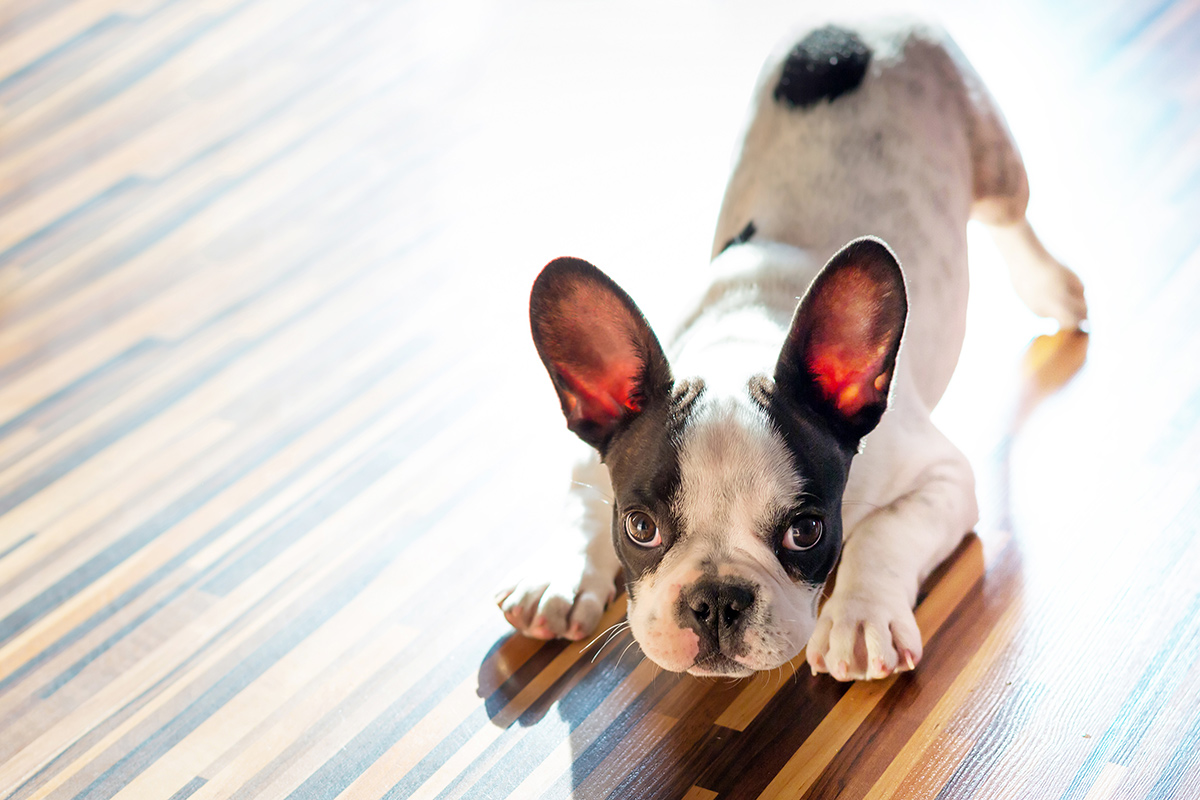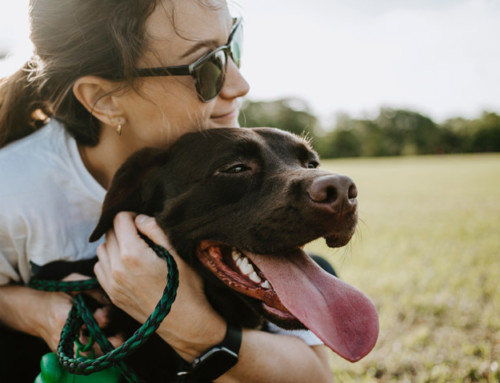Sometimes pets can grow to be aggressive. What causes this to happen can vary wildly between animals, and can be a consequence of temperament, situation, environment, and a host of other factors.
While aggression is natural – even humans can get aggressive, after all – it’s also something that needs to be carefully managed, because, particularly where dogs are concerned, aggressive behaviour can prove to be very dangerous.
Can an aggressive animal be ‘cured’? Well, not really. Aggression is a biological response. What you can do, however, is identify the triggers that will cause a pet to become aggressive, and then learn how to manage those, either by keeping the dog away from the triggers, or developing a plan to de-escalate if the dog begins to behave aggressively.
In this article, we’ll run through some of the common causes of dog aggression, and what can be done to minimise the risk of your puppy developing aggressive and antisocial behaviour.
Red Zone aggressive
Some dogs are traditionally bred for their ability to help with the hunt and/or fight, and so aggression triggers for them are potentially more common than other dogs. Anything that makes a dog nervous or scared can be a trigger for aggression.
What’s important with these dogs is to work with a behavioural specialist from when the dog is very young to establish yourself in the role of the ‘pack leader’. These dogs are social, respect strength and are subservient to their pack leader, and by establishing yourself within that role, it will be easier to control them as signs of aggression potentially start to show. If you’re unable to achieve this, the dog will simply ignore you, making your ability to alter the dog’s reactions to stressful situations more difficult.
Dominant aggressive
Some dogs are naturally inclined to want to be the boss of the home. They are the ones that growl when someone walks near their food bowl, or snap at a visitor that sits on the lounge near them. This is a trait of dogs both big and small, and often it’s a behaviour that’s not checked properly in small dogs, as the owner believes the dog to be harmless in their aggression.
Establishing your dominance over a dog starts when they’re a puppy. They sleep at the foot of the bed (not on the bed, where they’re equal to the humans), and eat after everyone else has finished eating (in dog society, the lowest rung of society eats last). The dog should also go to obedience training where it it will learn to follow – not give – orders.
Territorial aggression
Some dogs establish an area, or ‘territory’, as their own, often being the backyard or home. Invaders into this space need to be driven off, and the dog feels an intense natural need to protect its space. If you’ve ever come across a dog that growls and barks at friends of the owner that enter the home, you’ve met a territorially aggressive dog.
This behaviour is often learned from an early age, where a dog with territorial tendencies might bark at a postman or delivery person. At that age, the delivery person is hardly going to be worried about the dog, but the dog will get used to seeing them leave (after barking at them), and the habit will start to form. Again, the best solution here is to establish yourself as the pack leader, and then don’t give the dog the opportunity to establish a territory; don’t allow it to roam the backyard without supervision as a puppy, for example.
Aggression as a result of poor socialisation
Dogs that don’t have much interaction with other dogs from a young age can become very aggressive later on in life. Without the social skills to ‘read’ other dogs and then interact and communicate with them, dogs can become aggressive on sight with other dogs.
The best solution to this issue is to ensure that your puppy does have interaction with other well-natured dogs from a young age, for example at puppy school or regular visits to the dog park. It’s also important that, from an early age, the dog is conditioned to understand that the presence of other dogs around it is a good thing; generally giving food treats to dogs in the presence of other dogs is a good way to achieve this. On the flip side, often when another dog is around, an owner will pull hard on the leash or otherwise restrain the dog; this is teaching the dog that the presence of other dogs is a punishment, which will encourage aggressive behaviour.
Minimising your puppy’s chance of aggression
If your dog exhibits aggressive behaviours, it’s important to discuss the behaviour with an expert immediately. This is especially true if the dog is an adult, and the aggression is new. The expert will best understand how to proceed. Unfortunately there are times where aggression can reach the point where the animal needs to be put down. The best way to avoid this is to observe any problem signs in the dog as a puppy, and get on top of them at that point, where they can be trained out of the animal.







Leave A Comment